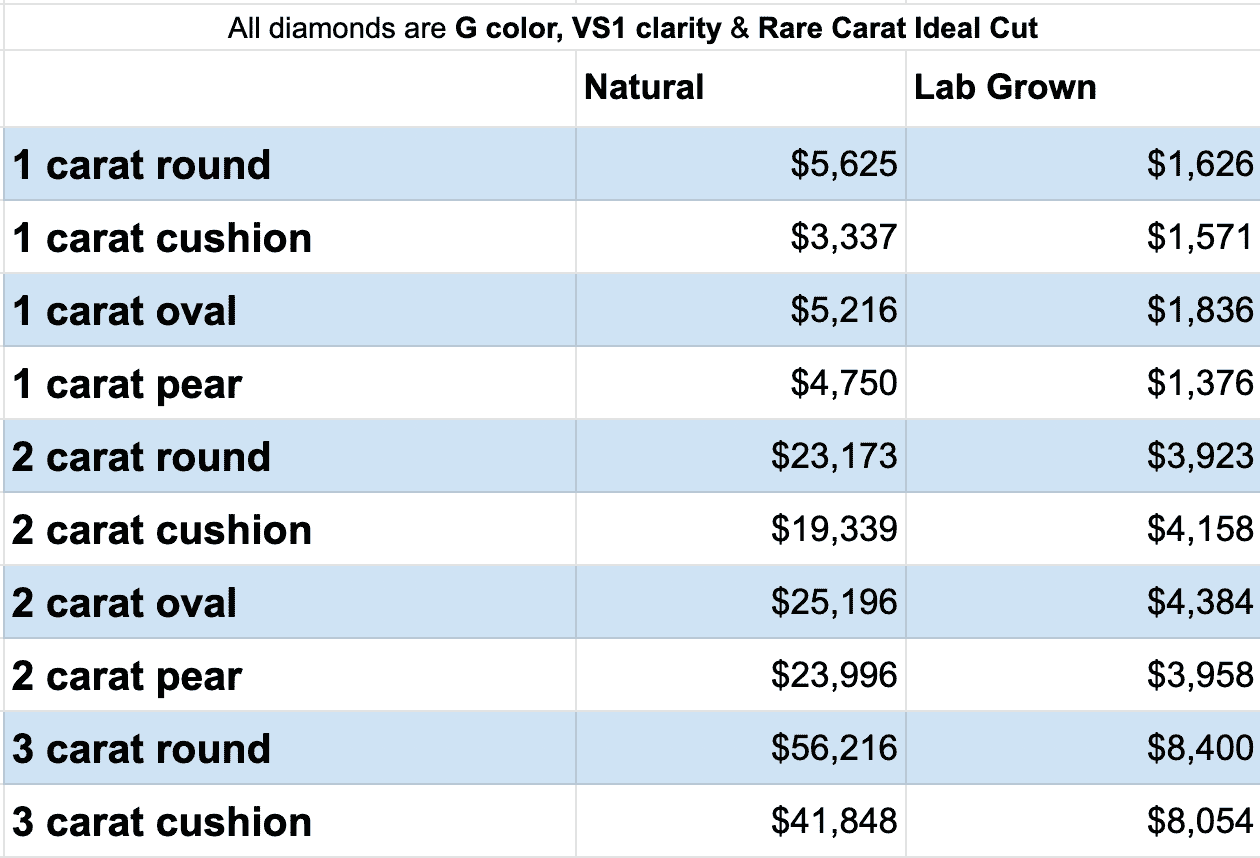What is Calibration Management?
As an experienced professional in the field, calibration management is a fundamental yet intricate process crucial to ensuring the precision and reliability of instruments and machinery across diverse industries. This comprehensive approach involves routine assessments and adjustments of equipment to guarantee they align with necessary standards and specifications.
Personal Insights into Calibration Management
Calibration, in simple terms, compares a device's performance against a recognized standard to determine any discrepancies. For example, calibrating a thermometer involves checking its readings against a temperature standard to verify accuracy. Calibration management, from my viewpoint, is the organized method of overseeing this procedure for all equipment within an organization.
The Significance of Calibration Management
- Ensuring Accuracy and Quality: In fields such as manufacturing and healthcare, precision isn't just a goal; it's a necessity. Small errors in measurements can lead to significant issues. Calibration safeguards against these inaccuracies, ensuring consistent quality.
- Regulatory Compliance: Various industries are governed by stringent rules mandating regular equipment calibration. Non-compliance can lead to legal troubles and tarnish a company's reputation.
- Uniformity in Production: Regular calibration fosters uniformity in operations, a vital aspect for businesses aiming to maintain consistent product quality.
- Cost-Effectiveness: Early detection of measurement errors through calibration can prevent expensive repairs and production of substandard products, saving substantial costs.
Implementing Calibration Management
- Strategic Planning: This involves deciding the calibration frequency for each piece of equipment, considering factors like usage rate and environmental conditions.
- Executing Calibration: Skilled technicians, using standardized methods, perform calibrations. They adjust the equipment to match the accuracy of a known standard.
- Documentation: Keeping detailed records of calibration activities is vital for tracking equipment performance and for audit purposes.
- Data Analysis and Maintenance Decisions: Analyzing calibration data can help identify trends, like consistent deviations in a machine, guiding maintenance and equipment replacement strategies.
Tools in Calibration Management
- Calibration Management Software: This software streamlines calibration processes, manages schedules, and maintains records.
- Reference Instruments: These are highly accurate devices used as standards in the calibration process.
- Calibration Labels: These labels indicate when an instrument was last calibrated and when the next calibration is due.
Challenges in the Field
- Technological Advancements: Keeping pace with evolving equipment and calibration methods is a constant challenge.
- Skilled Personnel: The effectiveness of calibration heavily relies on the expertise of the technicians.
- Cost vs. Accuracy Balance: Achieving the highest accuracy often comes with increased costs, necessitating a balance between precision and budget constraints.
Concluding Thoughts
From my vantage point in the industry, calibration management is not just a technical necessity but a strategic component in maintaining operational excellence and product quality. Its implementation helps companies not only comply with standards but also enhances their efficiency and reputation. Understanding its importance and diligently applying a comprehensive calibration management system can markedly improve a business's overall performance.
Also review this product: https://www.sinky.net/calibration-software-by-hgi/



